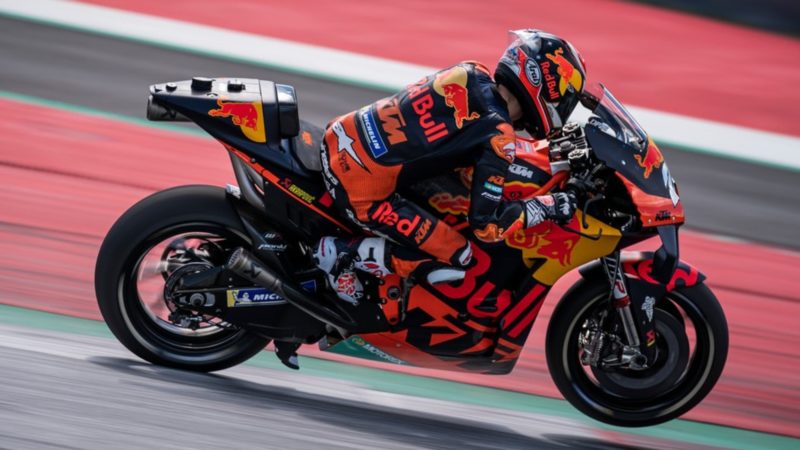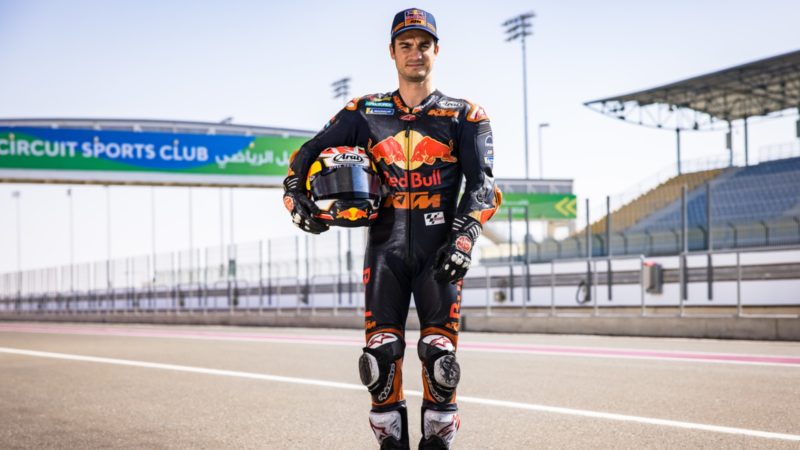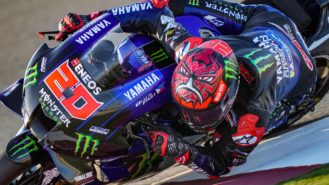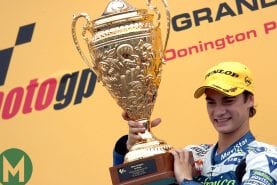The engineers need to design all these flexibilities into the motorcycle, even if they’re the kind of factors that won’t usually be an issue in testing.
Of course, MotoGP isn’t all about racing. The racing is currently so close that qualifying is much more important than ever before and even FP1, FP2 and FP3 can decide whether you qualify in Q1 or Q2, which can have a huge effect on what you can achieve on Sunday.
“My focus is basically to try to test the bike in race [weekend] situations like qualifying, practice sessions and race distance, riding against other riders,” says Pedrosa. “I will also be trying to see how the new race strategies work and to understand the rush moments, like FP3, qualifying, what happens at the start and how the ride-height device and other new technical parts work when you are riding together with other riders.”
How will Pedrosa go? The 35-year-old former 125cc and 250cc world champion hasn’t raced since November 2018, when he rode his last race with Honda at Valencia. The 31-times MotoGP race winner finished that rain-lashed outing in fifth place, the same position he took at the previous race at Sepang, in the dry.
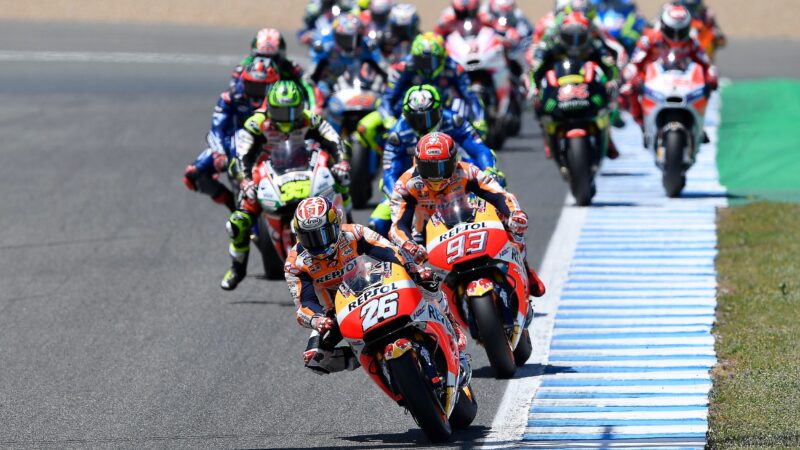
Pedrosa on his way to victory at Jerez in 2017, his penultimate GP season
KTM
Thus the Styrian race will be Pedrosa’s first competitive outing in 995 days. That’s a long time to keep hold of your killer instinct, but it’s impossible to know how he will ride at the Red Bull Ring, because all riders react differently in these circumstances. Some old racers are blindingly fast when they return to the track, others much less so.
“It’s difficult to say,” he adds. “I don’t know if I’ll click into racing mentality or not.”
The last time Pedrosa rode with the rest of the MotoGP grid was during preseason testing at Losail, Qatar, in March. He ended the first test 2.5 seconds behind pace-setter Fabio Quartararo. And at the second tests he was 3.4 seconds down.
Of course, he may not have been pushing for ultimate lap times in either of those outings and he will surely be faster at the Red Bull Ring, where he’s worn his own groove since starting his duties as a KTM test rider.
